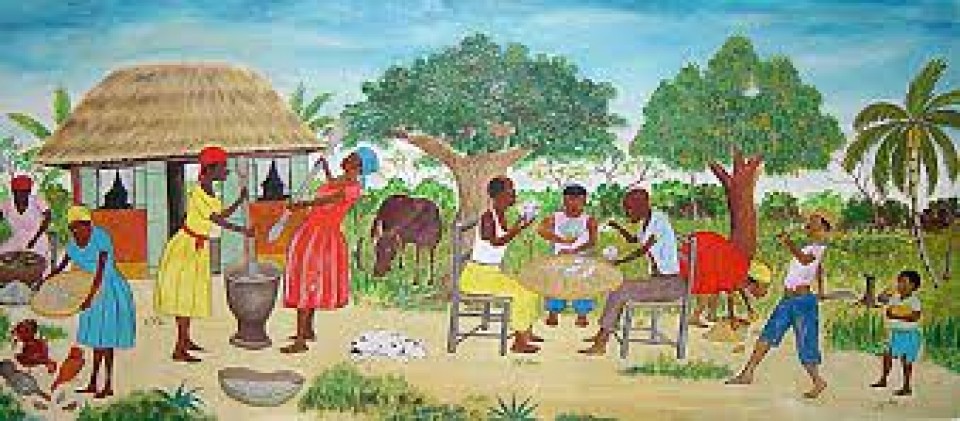SUCH a useful website:
Gives loads of examples of work, ideas on how to shoot, a blog with narrative construct motivations, etc etc. Very helpful.
Here is a copy of Lasse’s pitching guide which Chloe and I used when presenting our idea to the class:
PITCHING GUIDE:
Pitching is what most documentary/ethnographic filmmakers have to do in order to try to create interest in their film ideas and raise the necessary funding/support to make them. Pitching can take place in
many different contexts. Sometimes you might be pitching in front of a panel and an audience. However
mostly you will pitch face to face, directly to a producer, commissioner, charity, funding body
representative, private sponsor etc. Regardless whether or not you need to raise money for your film it is a very useful process to pitch your idea to a number of different people ranging from your friends toindustry professionals. Reason being that pitching forces you to clarify your idea to yourself and test it on others before you start to shoot your film. Every idea needs to be developed in order to reach
it’s full potential. That is the reason why you will be asked to prepare your idea and pitch it to the
rest of the class in week 5. Remember that this is a very important element of the course. Those that
prepare their idea well at this stage will inevitably end up making a stronger film.
Every group will have 3 min to pitch their idea followed by 3 min of feedback from the tutor and other students. Use the bullet points below as a guide to what kind of information you want to try to get across to your audience. A good pitch should make your audience see clearly the film that you are intending to make. The feedback from the audience will give you an indication whether or not your idea work, what might need to be changed etc. Therefore the best thing is to make notes when getting feedback on your pitch.
1. A title is always helpful for both you and your audience to understand your idea better.
‘Place as a facilitator for humanity; focus on the Quaker Meeting Rooms in Friends House, Euston, London’
2. Briefly introduce your subject matter i.e. what are you intending to shoot and why?
We intend to shoot the day day to day comings and goings of the quaker centre; to demonstrate the use and utilisation of the space; to illustrate the dynamic and atmosphere created by these various forms of spacial use. We will aim to film aspects of the space which are demonstrative of the argument in our title, we will aim to show to denouement of human emotion and experience as played out in the context of the meeting house.
3. What is your particular angle on the subject matter?
As stated above, we intend to find footage to support our hypothesis that place and space can facilitate creativity and evoke a sense of humanity.
4. Does your film have any specific characters? If yes who are they?
We are not sure yet who our main characters will be but, yes, there will certainly be a focusing in on two or three key players in the meeting house. We may choose to focus on workers only, customers/users of the space only, or, more likely, a combination of the two.
5. What’s your method – for example is it an observational film, will you include or cut out your own questions, is it a participatory video or are you perhaps an agent provocateur etc?
Chloe and I will use a combination of the techniques mentioned above. We will observe, participate (not on film but in order to understand better what it is we aim to show/in order to get a better feeling for our subject matter), we will cut our questions I think as it seems a more immersive approach to understanding the rhythm and atmosphere of the meeting house. We will ensure that questions are answered in ‘full sentences’, i.e. that the answers to the questions are coherent even when heard separately from the question.
6. Indicate what will we see on screen?
This sounds like the most simple of questions but actually is really difficult to answer!! We will certainly show sweeping shots of the cafe and study space, close ups of food prep and coffee making, there will be a contrast between crowd shots and a focus on individuals (who are particularly interesting or particularly embody the spirit of the meeting house which we are trying to capture).
7. Indicate what you imagine will be the beginning, middle and end of your film.
Beginning – capturing the atmosphere
Middle – explaining how this atmosphere is created
End – drawing conclusions as to how the explanations (in the middle) lead to the facilitation of humanity as per our hypothesis.
I have to say…. after answering these questions I realise how much more work we have to do in the planning stages of our film! It’s made me slightly nervous but also instilled a greater motivation to focus and develop a clearer and more coherent narrative for our film. Without a narrative our film will have no meaning! I don’t know if I have been naive about the process up til now but I am suddenly very aware of the enormity of a project like this. Three minutes sounds so short but actually, to fill that three minutes with interesting, informative and entertaining footage is looking to be a bigger challenge than I expected. A challenge is never a bad thing though! TO WORK!
